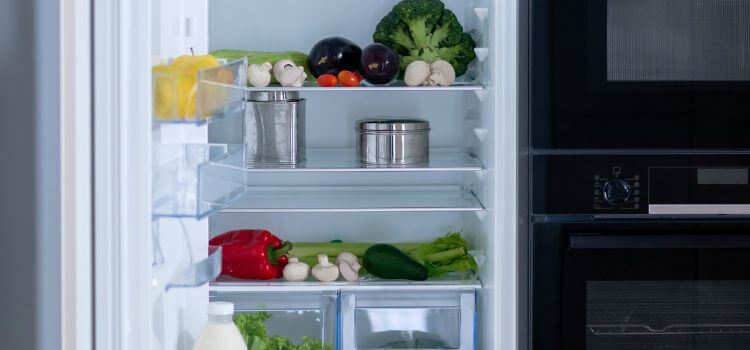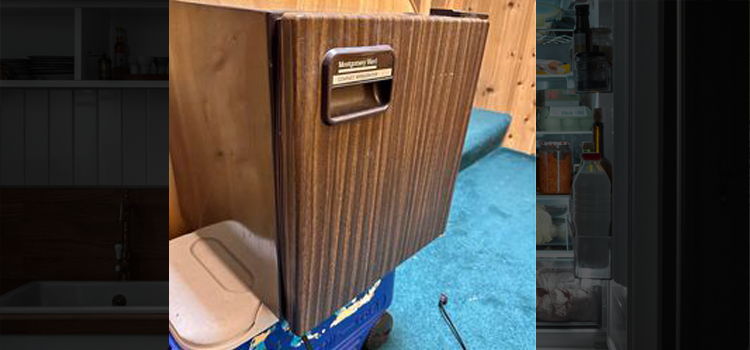Embarking on the enigmatic journey of discerning whether balsamic vinegar demands the cool embrace of refrigeration unveils a labyrinthine puzzle intriguing both aficionados and neophytes. In this odyssey to unravel the veracity behind this culinary quandary,
let us plumb the depths of balsamic vinegar storage, navigating through its intricate composition, ideal milieu, and the potential repercussions of negligent preservation.
Deciphering Balsamic Vinegar
Before grappling with the chilling debate, it behooves us to fathom the essence of balsamic vinegar. Hailing from the fertile soils of Italy, this elixir undergoes an arcane metamorphosis through fermentation and aging,
birthing its intricate tapestry of flavors and syrupy viscosity. Forged from the essence of grape must, balsamic vinegar boasts a harmonious marriage of sweetness and acidity, endowing it with esteemed status in gastronomic realms, from verdant salads to decadent desserts.
Factors Governing Preservation
The necessity for refrigeration hangs precariously on numerous variables, including the vinegar’s lineage and intended utility. Primordially, traditional balsamic vinegar, nurtured for eons within wooden casks,
harbors heightened acidity and innate preservatives, rendering it impervious to spoilage. Conversely, its mass-produced brethren, diluted and bereft of the sanctified aging process,
might find solace in refrigeration’s embrace, prolonging their shelf life and safeguarding their flavor spectrum.
Sanctum of Preservation
While refrigeration may not be de rigueur for all balsamic vinegars, the sanctity of preservation lays the cornerstone for upholding their essence and flavor. Sequester balsamic vinegar in a dim, frigid sanctuary,
shielded from the scorching gaze of solar rays and the lascivious whispers of heat sources like stovetops or ovens, lest the specter of oxidation and flavor decay beckon. Further,
hermetically seal the vessel to repel the insidious advances of oxygen, the silent assassin poised to erode its essence over time.
Contemplating Shelf Life
The chronicles of balsamic vinegar’s longevity wax and wane with the vicissitudes of quality, aging rituals, and the sanctity of storage. The hallowed elixir of traditional balsamic vinegar, with its concentrated essence and natural fortifications,
stands as an indomitable sentinel against temporal ravages when ensconced in proper custody. Conversely, the progeny of commercial production may find themselves ensnared in the web of transient existence, their mortal coil extended by the icy clutches of refrigeration.
As an axiom, consult the gospel inscribed upon the bottle, and consume within the ordained epoch for maximal gustatory gratification.
Harbingers of Doom
Notwithstanding its fortitude, balsamic vinegar is not impervious to the insidious machinations of decay, particularly when ensnared in the clutches of adverse climes. Signs of impending doom manifest in the spectral shifts of color, the malodorous whispers wafting from its confines,
or the adulteration of its sacrosanct flavor profile, portending the specter of fermentation or contamination. Should these omens assail your senses, shun not the axe of discernment, and consign the vinegar to oblivion to avert the dire consequences upon thy health.
Denouement: To Chill or Not to Chill?
In the perennial contestation of whether balsamic vinegar beckons the frosty embrace of refrigeration, verity resides in the progenitor’s lineage and the sanctum of its habitation. Whilst the ancient guardian,
traditional balsamic vinegar, may flourish in the recesses of a pantry, the progeny of commercial kin may find solace in the arms of refrigeration, guarding against the ravages of temporal erosion. Ultimately,
venerate the rites of preservation, from the sanctimonious sealing of the vessel to the clandestine rendezvous in the shadowy confines, to safeguard the sanctity of this culinary relic.


